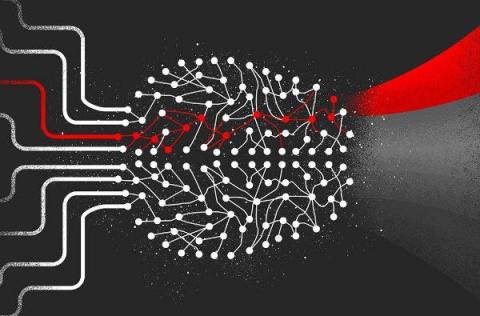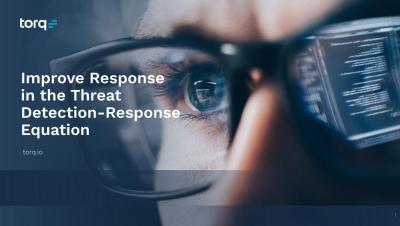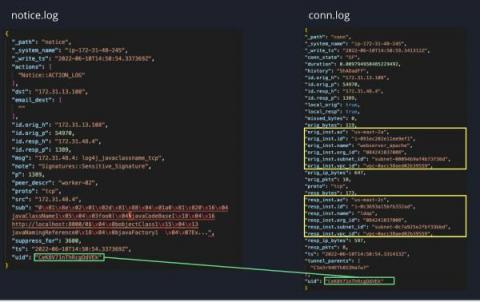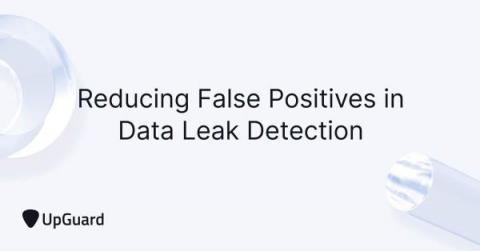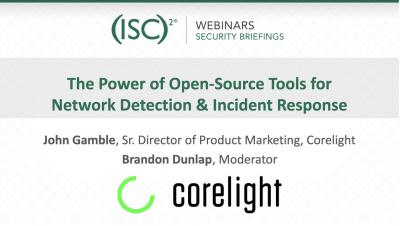From Data to Deployment: How Human Expertise Maximizes Detection Efficacy Across the Machine Learning Lifecycle
Security is a data problem. One of the most touted benefits of artificial intelligence (AI) and machine learning (ML) is the speed at which they can analyze potentially millions of events and derive patterns out of terabytes of files. Computational technology has progressed to the point where computers can process data millions of times faster than a human could.


